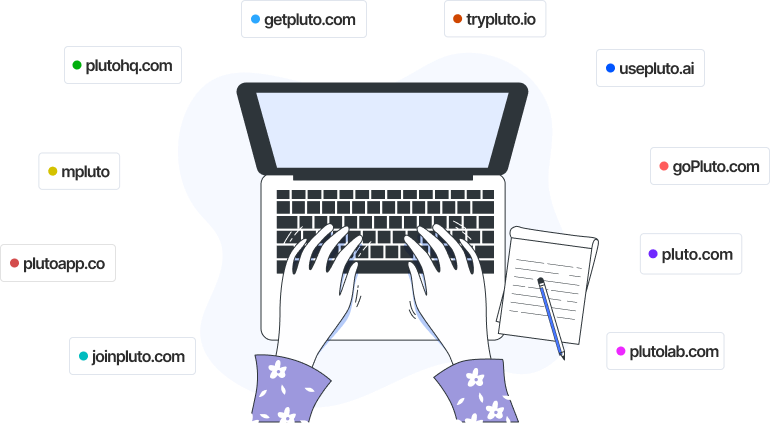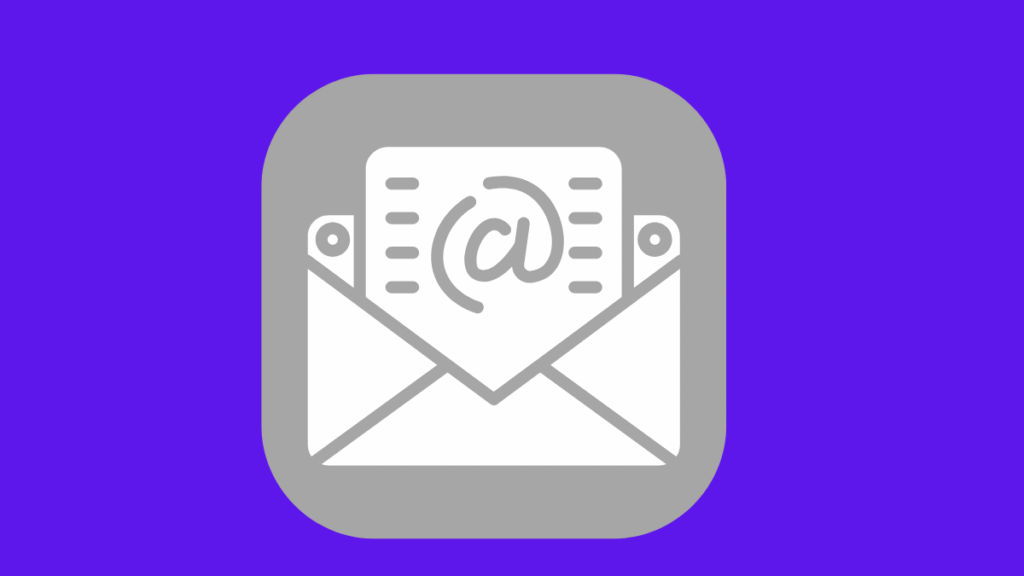
How Timelines AI Fixed Deliverability Issues Using Aerosend
Overview Timelines AI is a B2B productivity platform that helps businesses connect WhatsApp with their CRM systems such as…
Powered by real sending best practices

If you’re reading this, you probably already know better than to blast from your main domain. Perhaps what you didn’t know is that not all cold email domains are the same. Some can get your deliverability to 0, while others might perform well. It all comes down to how effectively you use them.
No worries, though. This blog will take you through everything you need to know and more. By the end, you’ll know how domain variations for cold email protect deliverability, what types to use, what mistakes to avoid, and how top senders scale with multiple email domains in rotation.
In case you missed it, the primary purpose of getting domain variation for cold email is to allow you to scale your campaigns safely and maintain domain health in the process.
Why? Because using just one cold email domain puts your entire outreach at risk. If it loses its reputation, its deliverability stops. So, if you ask any cold emailer who does it at scale (Hello, it’s us), they’ll tell you that they use multiple domain variations for cold email to distribute volume and reduce exposure to risks like spam filters.
Choosing the right domain variations for cold email can make or break your deliverability. You need domains that look trustworthy and avoid red flags.
hellobrand.com, trybrand.com, sendbrand.net, heybrand.io.com, .net, .io, or .cocontactbrand.com, getbrand.io, joinbrand.netMaintaining deliverability and testing it requires you to have multiple cold email domains in rotation. Start with at least 10. Just enough to spread volume and isolate issues.
Each domain should handle no more than ~75 emails/day to stay under the radar. Cold emailing requires volume to test messaging; you need to send at least 2,000 emails to validate a campaign*.*
For example, 50 domains give you 3,750 sends/day without risking reputation.
Quick breakdown:
Once you are happy with the domain variations you’ve picked for your cold emails, here’s how to see them in action:
Register your domains using GoDaddy, Namecheap, or Porkbun.
Once you’ve got your domain variations in order, you’re going to need inboxes to start sending emails. You can manually pick providers and register them one by one, or you could pick a tool like Aerosend to get an entire inbox infrastructure that takes care of everything from authentication to warming up and maintaining domain health. It’s built for cold emailers.
A reminder: Do not forget to authenticate your email. This is what keeps your domains from spam filtering. A little brush-up on what you need to do:
Note: Authenticating emails can be too technical for some, but Aerosend does this for you automatically. Just buy your domains and leave the rest to us.
All domains need to be warmed up for at least 3-4 weeks. Aerosend uses Warmupinbox for all their clients (It’s complimentary!). You need to establish trust as a new domain and even for the older ones, so make sure that ALL your domains are being warmed up consistently.
Manually sending cold emails is a nightmare. Get a sequencer like Smartlead and automate the process.
What you can do next is monitor your deliverability. Of course, there is no absolute way to know where your email eventually lands. However, there are signs you can look for.
Like everything, there are certain things you should steer clear of. Especially while picking domain variations for cold emailing. Here are just a few:
If you consistently send emails from a single domain or even two, you’re gonna burn it. You need to rotate domains and try different ones to land in the inbox. Also, if your single domain gets reported, you won’t have any options to fall back to.
If you’re rotating domains and taking the steps to ensure that they’re healthy, but still see no engagement, it is a clear sign that your domains may not be working. It’s best to check your deliverability reports in this case. This way, you can monitor that your emails are landing where you actually want them to.
Mass sending is never a good idea. This is because blanket emails get reported the most. What you need to do is target your audience well and have a message that is catered specifically to them. Maintaining this will not only help your outreach but also your overall domain health.
Buying the right domain is only half the game. It is using them right that lands you and keeps you in the inbox. Let’s learn how to structure and manage your domain variations for cold email to maximize deliverability.
You don’t want to pick just any inbox provider when it comes to sending cold emails. Preferably pick one that is specifically built for cold emails…like Aerosend.
Our experts recommend not using more than three inboxes per domain to reduce risk and evenly distribute volume. This keeps sending volume low per domain (75 emails/day) and protects your domain reputation
To rotate domains effectively, you need to have multiple providers. If one provider has a sudden algorithm shift, you need to have a backup. Distribute your domain variations for cold email across 2–3 providers to have options at hand.
Or you can simply use a provider like Aerosend that is specially built for cold emailers. Here, there are no random algorithm changes and bans. You’re always in the loop and work directly with industry experts.
If a domain is dead, there is no point in reviving it. Retire it and replace it with a fresh variation. Warming up a new domain is faster and safer than trying to rebuild trust in a burned one. Using your domain variations for cold email this way helps you stay scalable and well below the radar of spam filters.
It protects your main domain. Rotating domains will increase your chances of landing in the inbox and lessen your chances of getting blacklisted.

Overview Timelines AI is a B2B productivity platform that helps businesses connect WhatsApp with their CRM systems such as…
 26 Nov 2025
26 Nov 2025
Zoho Mail is a trusted business email platform. It works well for everyday communication, managing support inboxes, or coordinating within…
 26 Nov 2025
26 Nov 2025
Overview Kai Footprint helps businesses appear as recommended options inside ChatGPT, essentially providing SEO for AI. As the company…
 26 Nov 2025
26 Nov 2025Click on your profile icon in the bottom-left corner, then select “Settings” from the dropdown menu.
In the Integrations page, click on the “API Keys” tab in the left sidebar.
If you already have an API key with the all:read scope, you can use that key.
If not, click the “Create API Key” button, select the all:read scope, and make sure to save your new API key somewhere safe.
Click on the “Settings” option in the top right corner profile icon.
In the Settings page, under your profile picture, you can see the SmartLead API Key.
If you already have an API key displayed, you can use that key. If not, click the “Generate API Key” button to create a new one.